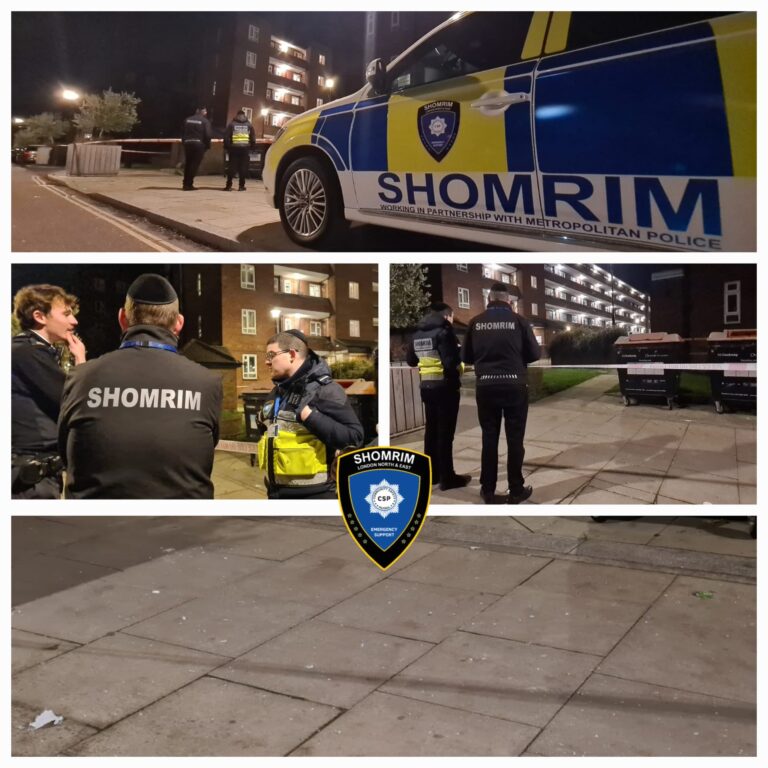 New York City Comptroller William C. Thompson, Jr., today released an audit finding that the City’s Department of Buildings (DOB) has consistently failed to ensure that hazardous conditions have been corrected.
New York City Comptroller William C. Thompson, Jr., today released an audit finding that the City’s Department of Buildings (DOB) has consistently failed to ensure that hazardous conditions have been corrected.
In light of the audit’s findings, Thompson is urging Mayor Bloomberg to support changes to the City Charter and Administrative Code to strengthen DOB’s authority.
The audit assessed DOB’s efforts to follow up issued violations to ensure that conditions are corrected. However, auditors uncovered a pattern of problems exposing how legal limitations and lax enforcement are allowing dangerous conditions to continue.
“It is simply unacceptable that DOB has permitted buildings with multiple open hazardous violations to go un-inspected for years,” Thompson said. “Even by DOB’s own admission these are the worst cases, yet it has stood by and let the violations go unchecked and put New Yorkers at risk.”
Among the audit’s top findings:
• DOB failed to re-inspect twenty percent of the properties targeted for re-inspection as part of its Hazardous Re-inspection Program because inspectors could not gain access to the properties.
• DOB failed to re-inspect 5 out of 14 buildings with three or more still-open hazardous violations for more than 11 months. The 14 buildings were selected by DOB as part of its Multi-Hazardous Re-Inspection Program efforts.
• DOB has not strengthened its existing programs, nor made adequate use of its role as issuer of building-related permits as an enforcement tool.
“The Department of Buildings’ violation enforcement is crucial to ensuring that buildings in the City are being constructed safely and pose no risks to area residents,” Thompson said.
Thompson launched the audit amid concerns raised by elected officials and housing advocates that DOB was not moving swiftly and thoroughly enough to ensure that violations at many sites across the City were corrected.
DOB is responsible for the safe and lawful use of more than 950,000 buildings and properties throughout the five boroughs by enforcing the City’s Building Code, Electrical Code, Zoning Resolution, and other laws applicable to the construction and alteration of buildings. DOB’s main activities include performing examinations of building plans, issuing construction permits, inspecting properties, and licensing of construction trades. It also issues Certificates of Occupancy and Place of Assembly permits.
In response to complaints and requests for inspections, DOB inspects buildings and issues violations when a building does not comply with applicable codes. The most common violation – an Environmental Control Board (ECB) violation – contains a notice that a property does not comply with applicable provisions of law, as well as an order to correct the violating condition and to certify with DOB that the correction has been made. There are two types of ECB violations- non-hazardous and hazardous. According to Fiscal Year 2007 Mayor’s Management Report, DOB issued 50,685 ECB violations.
Another type of violation is a DOB violation, which notifies a property owner that a property is not in compliance with some provision of applicable law and includes an order from the DOB Commissioner to correct the condition. During the first half of FY 2007, DOB issued 31,486 DOB violations, mostly computer generated violations issued to owners who fail to submit evidence of annual inspections on-time.
Both ECB and DOB violations must be corrected before a new or amended Certificate of Occupancy can be obtained.
DOB follows up on the violations it issues through its Special Operations Unit’s Hazardous Re-inspection Program, which requires the re-inspection of conditions for which a hazardous violation was issued and a Certificate of Correction (CC) or ECB hearing resolution has not been recorded. DOB’s CC or self-certification Audit Program requires that 10 percent of the self-certifications approved each month be re-inspected.
DOB’s Multi-Hazardous Re-Inspection Program targets buildings with multiple, long-standing open violations. DOB’s Special Operations Unit does not re-inspect violations issued by the electrical, plumbing, elevators, boilers, cranes and derricks, scaffold, and the building enforcement safety team units, as those units follow up on their own violations given the technical knowledge required.
The audit, which covered Fiscal Year 2007, found that DOB’s efforts to follow up on issued violations were less than adequate not only because of deficiencies in the execution of its programs but also because the agency is limited in its ability to compel property owners to remedy violations on their property.
Auditors reviewed DOB’s open hazardous ECB violations for September 2007, which totaled 1,449. Inspectors reported that inspections of 845 of them resulted in no new violations; 312 of the hazardous conditions still existed and additional violations were issued; and for the remaining 292 violations inspectors did not gain access to the properties to conduct a re-inspection.
In those cases in which an inspector cannot gain access to the property, DOB requires that they leave an “LS4” form, requesting that the property owner call DOB to schedule an appointment for re-inspection. Auditors charged that inspectors reported leaving LS4 forms for only 100 of the 292 properties – so that DOB cannot be assured that inspectors left the forms for the other 192 hazardous violations or whether the violations were ignored.
“DOB must enhance its supervisory review of its inspectors to ensure that they leave the required forms,” Thompson said. “Further, DOB should make additional efforts to follow up violations for those buildings to which inspectors were unable to gain access or whose owners fail to respond to the forms.”
Auditors’ review of DOB’s Multi-Hazardous Re-Inspection revealed mixed results.
The audit reviewed 14 buildings which had three or more still-open hazardous violations issued between September 2003 and December 2004 for failure to maintain building interior and/or failure to maintain exterior building wall. Of the 14, 8 had corrected the violations and 6 had yet to be resolved.
Of these 6, as of March 2008, for 5 of the 6 buildings, DOB had not taken any action for 11 months since at least April 2007 and in one case, the last recorded action was in October 2005 – two and a half years earlier. DOB officials stated that these are the worst cases, enforcing them is very difficult and some may never get resolved.
DOB’s self-certification audit program requires that 10 percent of randomly selected properties be re-inspected. Auditors, however, found that DOB did not assess compliance for 545 (33 percent) of the 1,628 self-certifications were randomly selected for audit.
Further, of the 31 cases whose violations DOB determined were not corrected, DOB took no further action and did not issue False Certification violations against 17 (55%). In 14 cases, for which a self-certification had been approved based on false information provided by the respondent, a new violation was issued and a False Certification was issued. Further, auditors’ review of DOB’s “Awaiting Audit Results” report of November 29, 2007, revealed there were 809 outstanding self-certification re-inspections and that 542 re-inspections were outstanding from 3 to 961 days, beyond the 90-day due date.
Despite acknowledging that denying permits to individuals or contractors with outstanding violations would be effective in enforcing the collection of fines and the correction of violations, there is little evidence of DOB’s efforts to determine how it might use this method of enforcement.
“DOB must be more aggressive in the use of its resources to avoid or diminish the risks associated with uncorrected violating conditions that threaten public safety,” Thompson said.
Thompson made 11 recommendations, including that DOB should:
• Immediately implement a program of re-inspection of hazardous violations for those properties in which inspectors did not gain access and no LS4 forms, requesting property owners to call DOB and schedule an appointment for re-inspection, were left at the premises.
• Ensure that self-certifications selected as part of its Certificate of Correction (or self-certification) Audit Program are actually re-inspected.
• Take additional measures, such as scheduling appointments, to gain access to properties to verify that violations were corrected as reported in self-certifications.
• Continue to seek ways to improve and enhance its efforts to follow up hazardous violations and ensure that conditions were corrected.
• Work with the Law Department to clearly establish DOB’s authority to deny permits when there are outstanding violations and fines.
In its response, DOB stated: “…the Department is in the process, or has implemented, all of the recommendations contained in the report….the audit, which covered Fiscal Year 2007, resulted in eleven (11) preliminary recommendations made by the Comptroller’s Office. The content of these recommendations has helped the Department review and strengthen our procedures.”
(YWN Desk)










